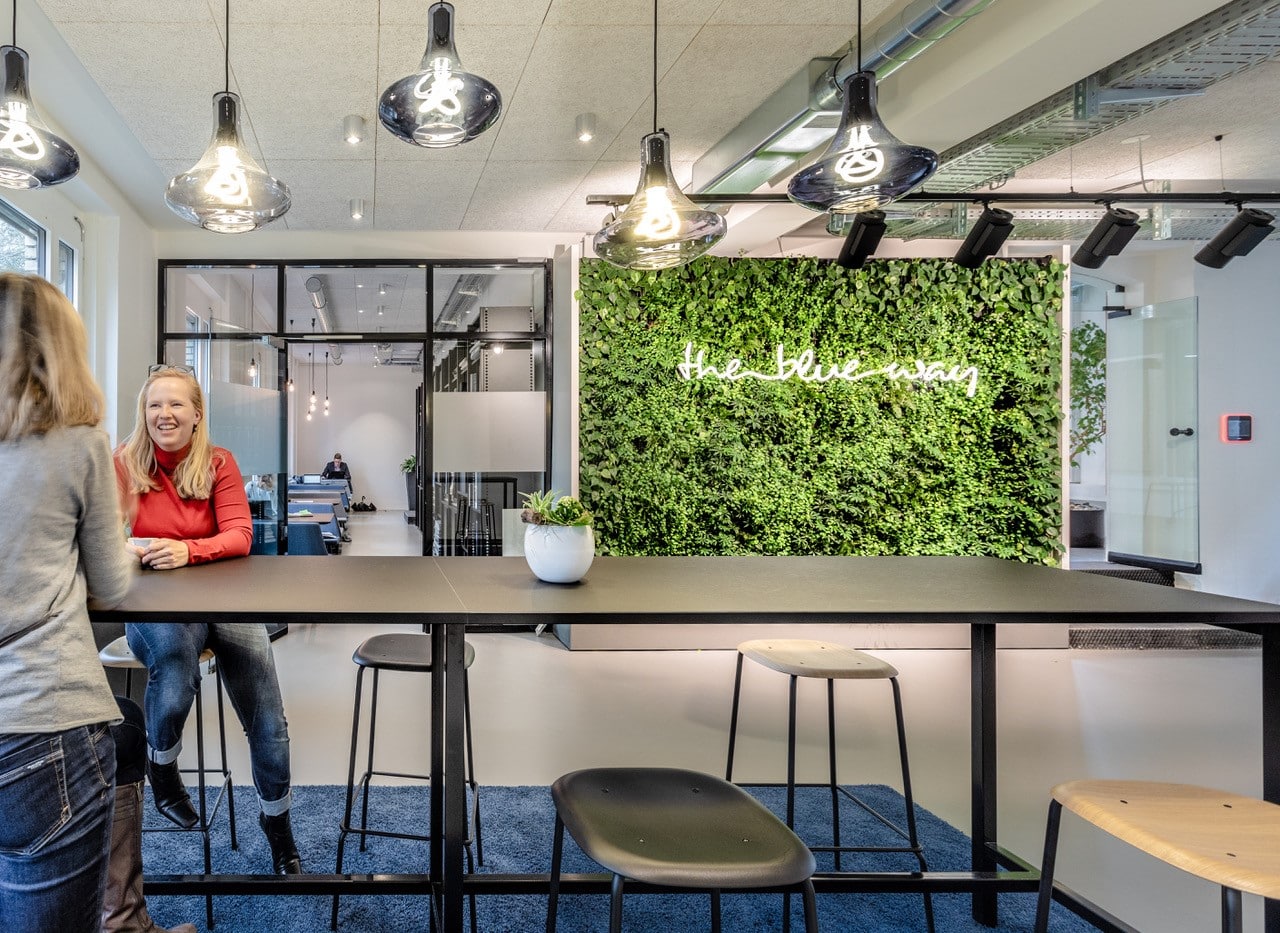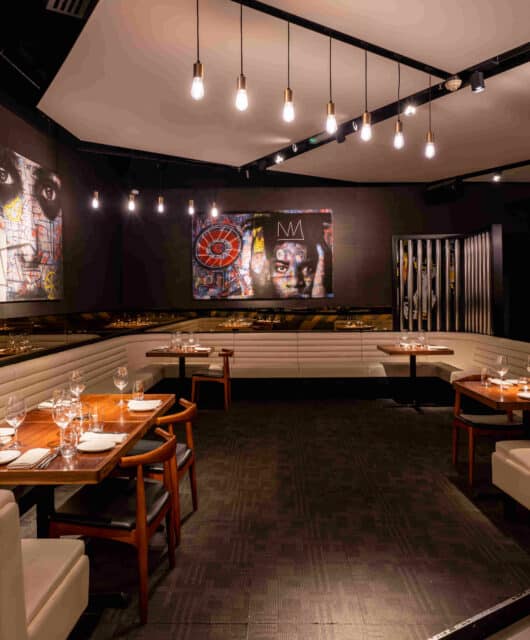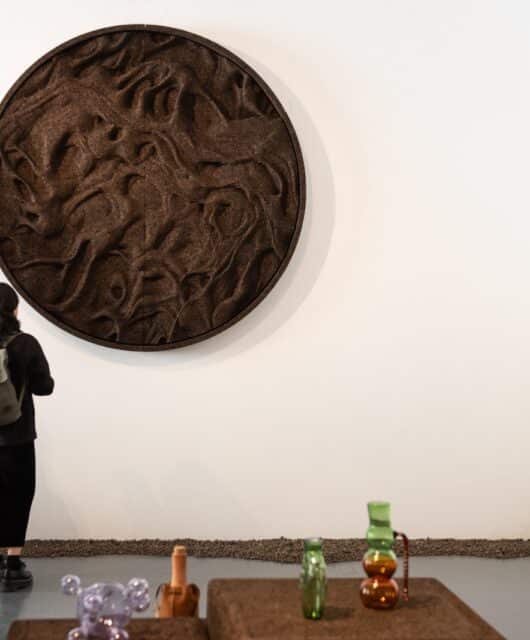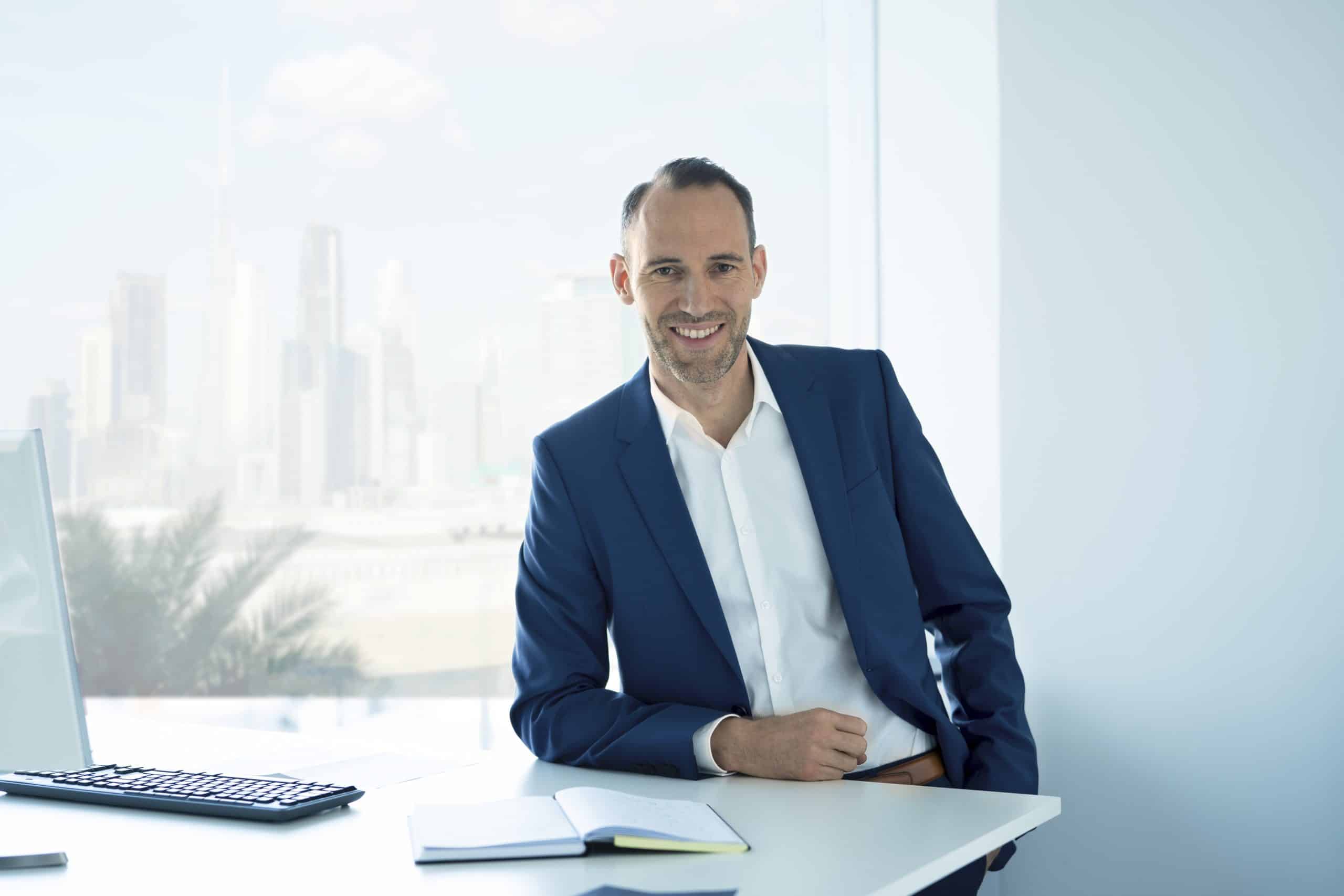 Space is a new quality – a mix of options, sharing models and hybrid spaces
Space is a new quality – a mix of options, sharing models and hybrid spaces
WORDS STEPHAN DEGENHART, ASSOCIATE PARTNER AT DREES & SOMMER
COVID-19 shutdown changed the office environment overnight, resulting in an unprecedented field study of the workplace. Those who could swap the office for their own four walls at home. This triggered a debate about whether office space still has a future, and it isn’t the number of square metres, but the quality of the space that determines its future viability.
As businesses return to the office and re-start their operations, questions around office design arise: ‘Is my space equipped for the new normal and will it be pandemic-ready in the future?’, ‘Do we still need all our office space and what should it look like to meet users’ needs post-COVID?’
With so many having experienced remote working outside of the traditional office environment, expectations of the workplace are changing, and one thing is clear; space is a new quality. The office of the future must offer everything that remote working from home cannot (always) provide; concentration, communication and collaboration. We need to ensure offices still have pulling power by providing space employees want to come to – a workplace that’s flexible, digital, sustainable and valuable.
But how does this translate to office design?
If you designed an office with room for 500 desks pre-COVID, that number would likely need to be revised in line with social distancing rules and hygiene regulations, whilst meeting rooms may need to be redesigned to incorporate new audio-visual equipment to support the now universal need for video conferencing. COVID-19 has also put a new spotlight on digitisation and sustainability. The Internet of Things (IoT) is fundamentally changing the way buildings are managed, and work tasks are increasingly moving into the digital space. This, in combination with higher expectations of health and hygiene standards, creates new requirements for the future-proof design and build. The trend for smart buildings shows no sign of stopping and may be accelerated by the global pandemic, with sensors being able to recognise when people are in a room and smart technologies helping ensure hygiene measures are observed.
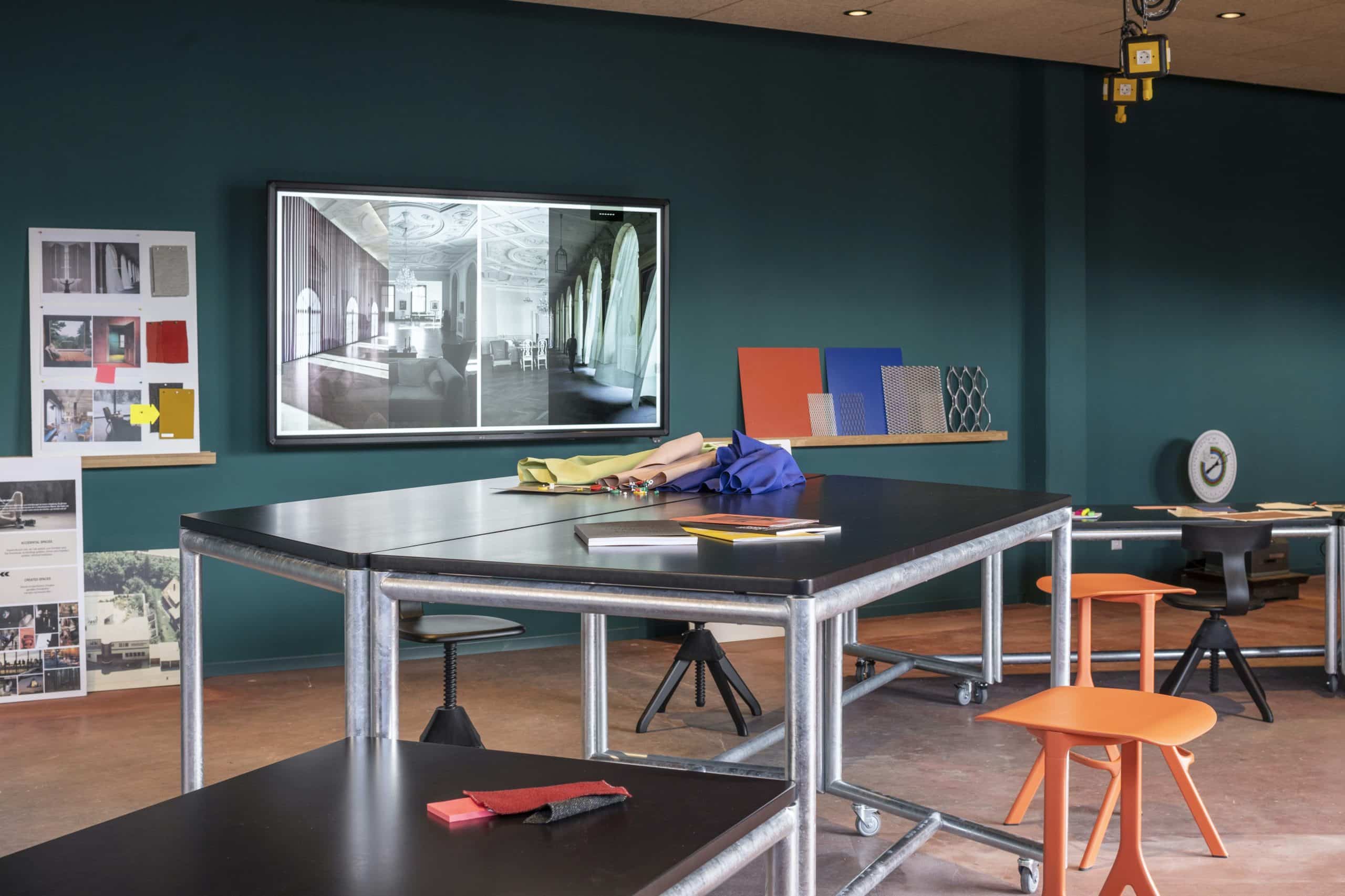
A mix of options, sharing models, and hybrid spaces
In the new normal, we will work from more than just one workplace, creating the need for flexible, creative spaces that become attractive hubs for hybrid teamwork. The office of the future will be far more than just a building with desks.
Rigid office set-ups with fixed seating have become outdated. Companies need intelligent sharing concepts with a mix of office and remote working. This kind of set-up requires multifunctional rooms that enable people to join meetings by video to be equally “present” as those who are in the room. Shared spaces can play an important role in fostering communication and collaboration and create the right kind of environment for creative problem-solving.
At the same time, modern office spaces need to be customisable: both in structural terms and on the surface, so that they can adapt to changing needs. The office interior should be designed so that in an emergency – e.g. a new coronavirus outbreak –things can be moved and changed quickly. Being future-ready means running a reliable and efficient workspace and being prepared to deal with new challenges. For a long time now, offices have been more than just places of work. It’s a space where a company’s vision and values come to life in three-dimensional space.
Although the requirements of our workplace are ever-changing, COVID-19 has accelerated the pace, and a different kind of office environment is starting to take shape. If anything, COVID-19 has made abundantly clear what was beginning to emerge before the crisis: there’s no such thing as a single workplace anymore. It’s time to rethink the design of the workplace.
